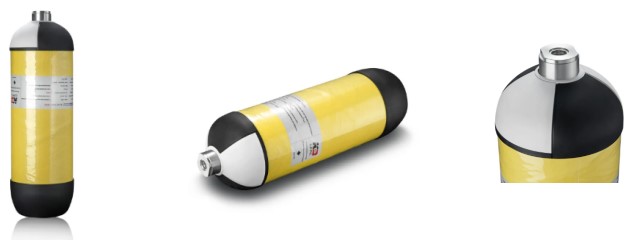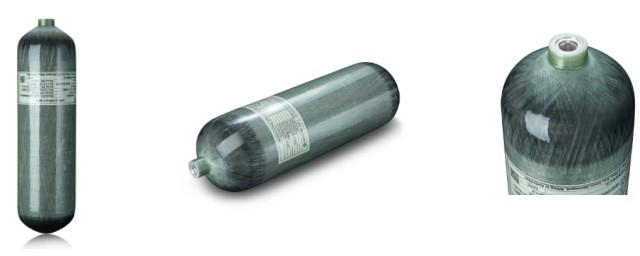Rescue operations are crucial interventions in situations where individuals are in danger or distress, ranging from natural disasters to recreational outdoor accidents. These missions can occur in various environments – from urban settings affected by catastrophes to remote wilderness areas where adventurers may find themselves in peril. The primary goal is to safely locate, stabilize, and evacuate individuals to a place of safety, minimizing harm and ensuring their well-being.
Understanding Rescue Operations
Rescue operations can be categorized into several types, including urban search and rescue, mountain rescue, cave rescue, and water rescue, among others. Each type requires a unique set of skills, knowledge, and equipment due to the distinct challenges they present. For instance, urban search and rescue efforts following an earthquake demand knowledge of building structures, while mountain rescues require climbing skills and wilderness survival knowledge.
Key Considerations During Missions
Safety is paramount in rescue operations. Teams must assess
risks continuously and employ strategies to mitigate dangers without compromising their safety or that of the individuals they are trying to assist. Effective communication is vital, as conditions can change rapidly. Coordination with other emergency services, such as medical teams or fire departments, ensures a comprehensive response to the situation at hand.
Preparation and Training
Rescue operations demand rigorous training and preparedness. Teams undergo extensive instruction in navigation, first aid, technical rescue techniques, and more, depending on their specialization. Regular drills and simulations help keep their skills sharp and ready for deployment at a moment’s notice.
Essential Equipment for Rescue Missions
The gear required for a rescue operation varies with the environment and nature of the mission. Common essentials include personal protective equipment (PPE), navigation tools, communication devices, and first aid kits. In addition, specialized equipment such as ropes, harnesses, and stretchers might be needed for technical rescues.
One critical piece of equipment in many rescue operations is the carbon fiber cylinder for air supply. These lightweight, durable cylinders are especially valuable in situations where rescuers and victims might be exposed to smoke, toxic gases, or thin air. Their advanced carbon fiber construction ensures they are not only lighter than traditional steel cylinders, making them easier to carry in challenging terrains, but also robust enough to withstand the rigors of rescue operations.
The Role of Carbon Fiber Cylinders in Rescue Operations
Carbon fiber cylinders provide a reliable source of breathable air, essential for operations in confined spaces, at high altitudes, or in environments with compromised air quality. The reduced weight of these cylinders, thanks to the carbon fiber technology, enhances the mobility and endurance of rescue teams, allowing them to operate more effectively and for longer periods. Moreover, the extended service life of these cylinders, often up to 15 years, ensures they are a cost-effective solution for rescue organizations.
What Outdoor Enthusiasts Should Know
For individuals who love exploring the great outdoors, understanding the basics of rescue operations can be lifesaving. It’s crucial to be prepared, carry the right equipment, and know how to signal for help if needed. Outdoor enthusiasts should also educate themselves on the potential risks associated with their activities and take courses in wilderness first aid and survival skills.
Adventurers venturing into remote or challenging environments should consider carrying a portable carbon fiber cylinder as part of their safety kit. These cylinders can provide a critical supply of clean air in emergencies, such as becoming trapped in a cave or encountering a wildfire.
Conclusion
Rescue operations play an essential role in saving lives and mitigating the effects of disasters and accidents. The success of these missions depends on the skill, preparation, and equipment of the rescue teams. Carbon fiber cylinders represent a significant advancement in rescue gear, offering lightweight, durable solutions for air supply in critical situations. As the technology continues to evolve, it will undoubtedly play an increasingly important role in ensuring the safety and effectiveness of rescue operations worldwide.
Post time: Mar-08-2024


